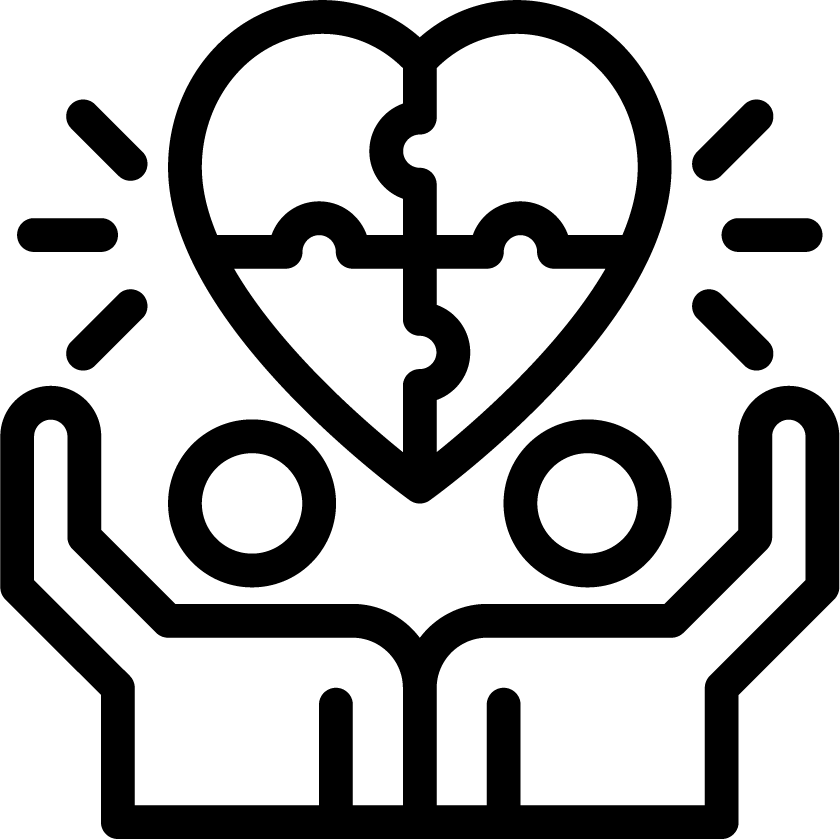From Specialized Training to Photo‑Ready Resume: A Guide for Job Seekers with Disabilities
For many people with disabilities, returning to the workforce—or entering it for the first time—can feel like standing at the foot of a mountain. You’ve worked hard to complete specialized training programs, vocational rehab, or on-the-job learning. But translating all of that into a compelling, competitive resume can be overwhelming—especially if you’ve had gaps in employment, navigated complex health issues, or lacked support in the past.
At Mind at Peace LLC, we understand these challenges firsthand. This guide is here to help you turn your experiences, skills, and training into a photo-ready resume that reflects your potential—and helps you stand out to employers who value ability, not just pedigree.
Let’s break it down step by step
1. Start With What You Have, Not What You Lack
Too often, clients begin by focusing on what they think is missing: a traditional work history, a college degree, or years in the same job. But specialized training—whether gained through a vocational rehabilitation program, an apprenticeship, a certificate course, or even informal caregiving or volunteer experience—is real and valuable.
Start by listing:
Every training program you’ve completed (including names, locations, and dates)
Any certifications earned (e.g., CPR, Microsoft Office, food handler’s permits, forklift certification)
Volunteer roles or internships
Self-paced online courses (like Coursera, LinkedIn Learning, or state-sponsored workforce development programs)
Tip: Don’t forget “soft skills” like problem-solving, time management, resilience, or communication—especially if you’ve developed them while managing a disability.
2. Choose the Right Resume Format
There are three basic resume formats
• Chronological: Best if you have a strong, continuous work history. It lists your most recent jobs first.
• Functional: Best for people with gaps in employment or who are changing careers. It focuses on skills and accomplishments more than job titles.
• Combination: Blends both. It highlights your skills at the top and then provides a short list of jobs or roles.
For most job seekers with disabilities who are returning after time away from the workforce—or entering it after training—a functional or combination resume works best.
3. Write a Strong Summary Statement
Your resume should begin with a short paragraph (3–5 sentences) that tells an employer who you are and what you bring to the table. This is your chance to show confidence and clarity.
Example:
“Reliable and detail-oriented administrative professional with recent certification in Microsoft Office and hands-on training through Texas Workforce Solutions. Known for strong organizational skills, a positive attitude, and the ability to adapt quickly to new systems. Seeking a position that values precision, teamwork, and a desire to grow.”
4. Focus on Transferable Skills
Even if your last job was years ago or in a different field, many of the skills you’ve gained apply to other types of work. These are called transferable skills.
Examples include:
Communication
Problem-solving
Customer service
Time management
Basic computer literacy
Conflict resolution
Organization
Use action verbs to describe your experience:
“Coordinated client schedules”
“Assisted with inventory management”
“Completed patient intake forms using electronic health systems”
Even informal roles—like caregiving for a family member—can be reframed professionally:
“Managed medication schedules and provided transportation for a family member, ensuring timely medical care and continuity of treatment.”
5. Address Gaps Without Apology
If you’ve been out of the workforce for health reasons, caretaking, or other disability-related needs, it’s okay. In your cover letter—or in a brief note within your resume—you can mention that you’ve recently completed training and are eager to apply your skills.
Example Statement:
“After a period of family caregiving and medical recovery, I completed a vocational training program in hospitality and customer service, and I’m ready to return to work in a supportive, professional environment.”
The key is to focus on what you’re doing now, not what you weren’t able to do in the past.
6. Make It Accessible and Clean
A resume isn’t just about content—it’s also about how it looks.
Tips for a “photo-ready” presentation:
Use a simple, professional font like Arial, Calibri, or Georgia
Keep font size between 10–12pt
Use bold for section headers (like Skills, Experience, Education)
Leave space between sections (white space makes it easier to read)
Avoid fancy templates or images that may not work well with screen readers
Save and send your resume as a PDF to preserve formatting.
If you use assistive technology like screen readers, test your final resume to ensure it reads smoothly. We can help with that at Mind at Peace.
7. Tailor It for the Job
Each job application should have a slightly customized version of your resume. That doesn’t mean rewriting everything—but it does mean highlighting the skills and experience most relevant to the job.
For example:
If applying for a retail position, move “Customer Service” skills to the top. If applying for office support, highlight your computer and administrative skills first.
Bonus tip: Use keywords from the job posting. Employers use software that scans resumes for keywords like “data entry,” “customer support,” or “forklift certified.” If you have those, include them.
8. Don’t Go It Alone
You don’t have to do this alone. At Mind at Peace LLC, we offer one-on-one resume assistance tailored to your life experience, not just your work history. We’ll help you identify your strengths, structure your resume for clarity and impact, and create a version you’re proud to send.
We can also support you with:
Cover letter writing
Job interview preparation
Applications for adaptive or remote work
Connections to local employers and resources
Final Thoughts
Creating a strong resume is more than just filling in a form. It’s about telling your story—with confidence, honesty, and hope.
Your experience matters. Your journey matters. And the job you’re meant for is out there.
We believe in second chances, fresh starts, and the power of resilience. If you’re ready to turn your training into a next chapter, we’re here to walk beside you every step of the way.
